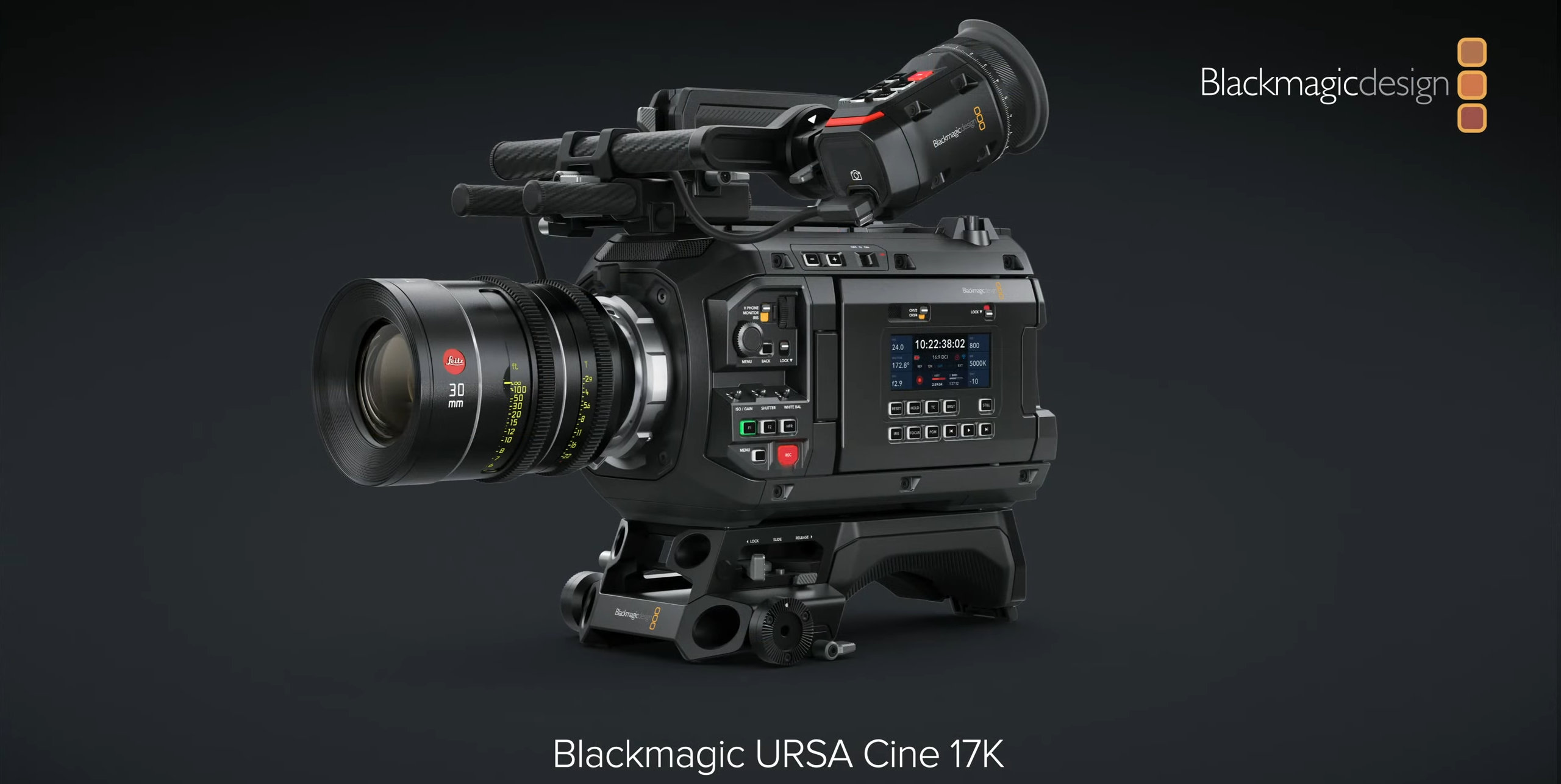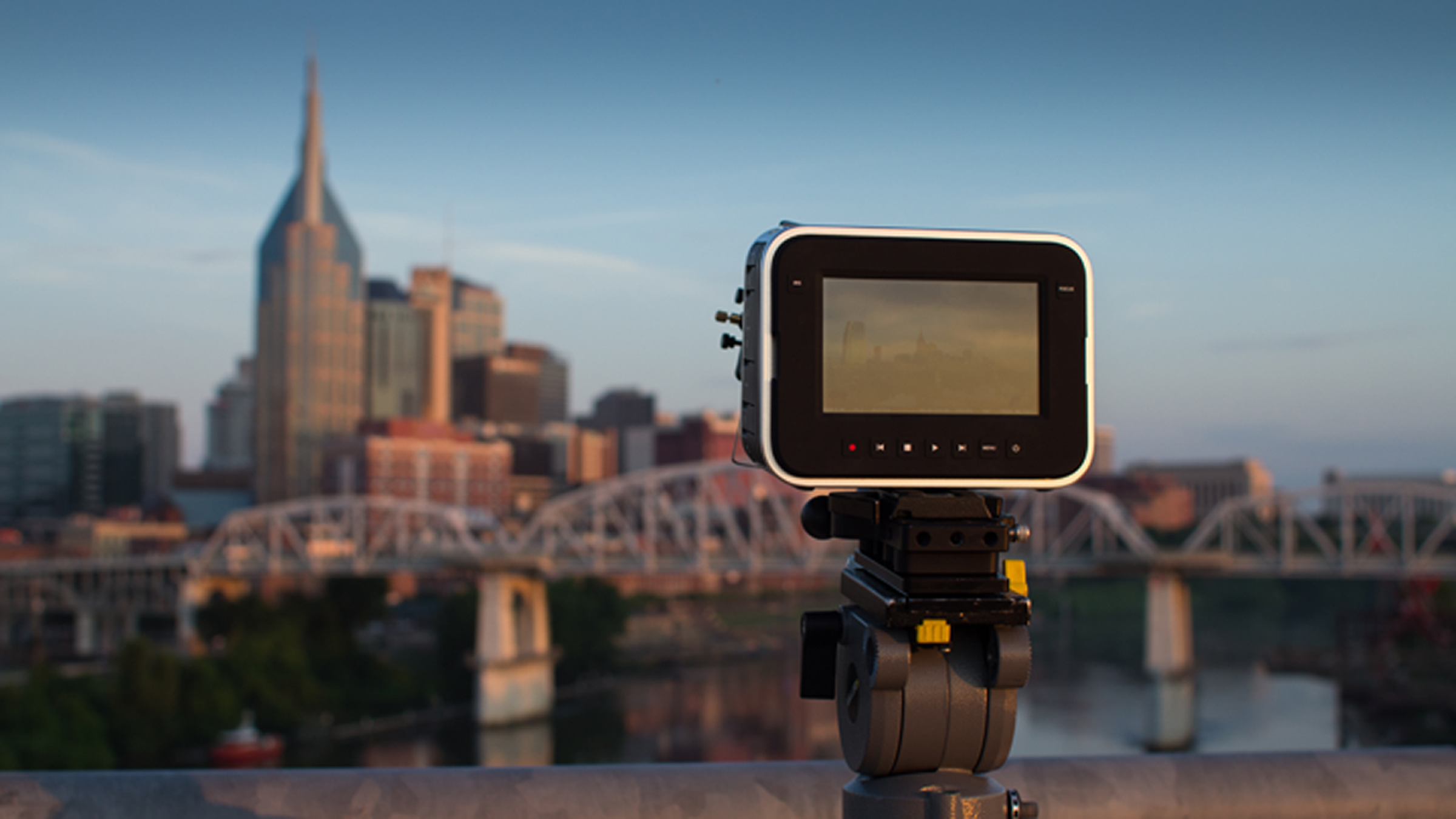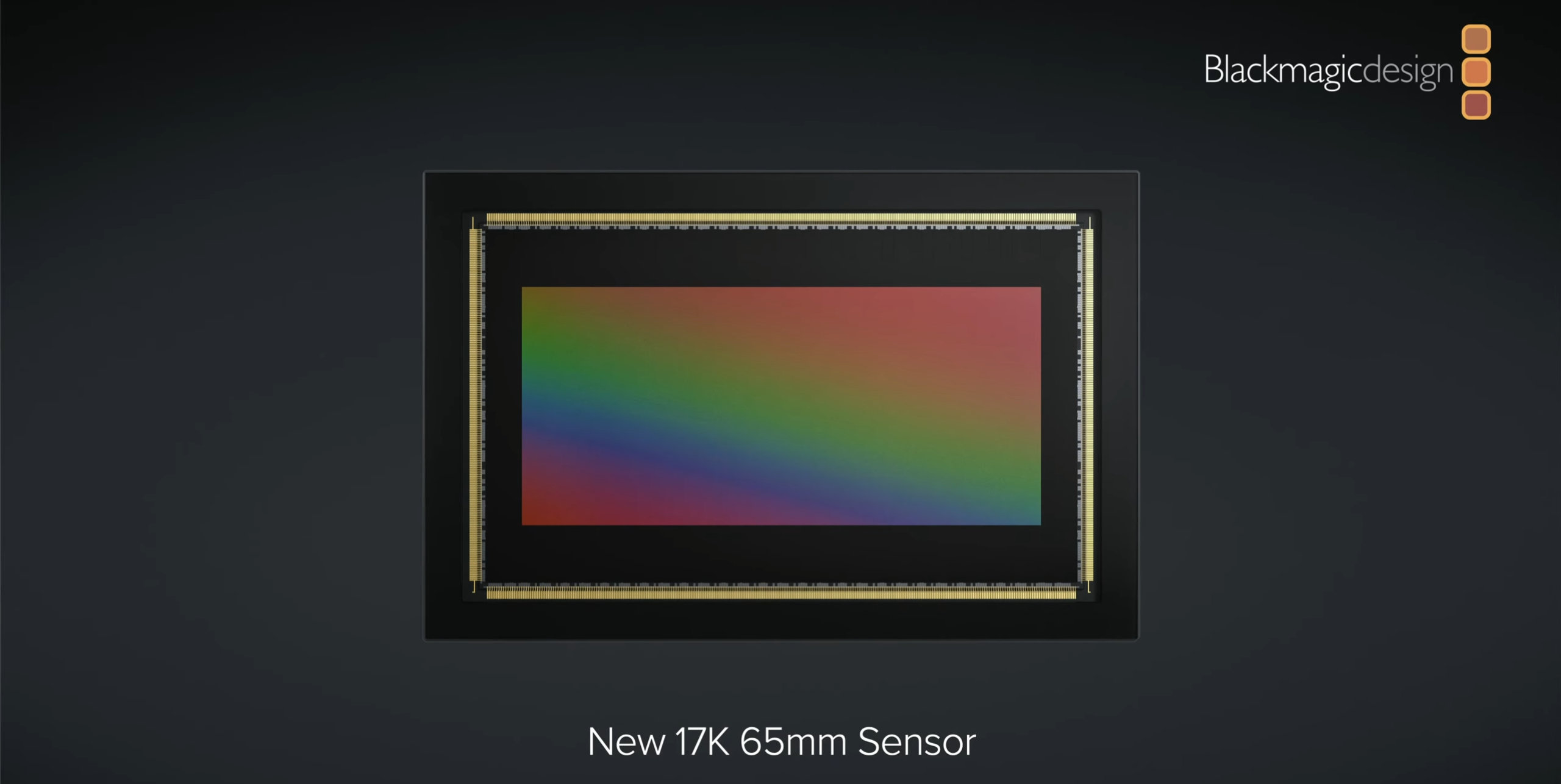

One of the highlights of Blackmagic’s 2.5K camera marketing was its ability to be intercut with Arri Alexa’s 2.8K footage, a bold claim by the upstart Australian camera company. It was also cheaper. The Alexa cost between $66,000 and $100,000, while the Blackmagic Cinema Camera cost around $3,000. Back then, in 2012, Blackmagic and Arri could not have approached digital cinematography from two wholly different perspectives.
Arri was the standard. The German company gambled big on the Arri Alexa and its wonderful ALEV III sensor. The company built upon decades of bulletproof engineering and production standards to help it become the chief choice of cinematographers worldwide. All of this turned out very well for Arri. They built upon their success in the high-end camera market and continued creating new models for each step further into digital filmmaking. They did such a good job they even convinced a one-time film purist, Roger Deakins, to switch to digital.
Blackmagic’s philosophy was different. Blackmagic knew they couldn’t compete with Arri as an equal. Instead, they targeted the new DSLR crowd—the budding digital filmmakers who loved the look and feel of cameras like the Canon 5D Mark II. Blackmagic wanted to give this crowd what they couldn’t afford if they couldn’t afford an Arri Alexa, mixed with the post-production engineering help only Grant Petty could push – Raw recording, clip tags, color workflow, and DaVinci Resolve for free. Grant and Blackmagic broke the budget barrier for a lot of filmmakers. 
They are doing it again with the Blackmagic URSA Cine 17K 65mm, their soon-to-be-released 65mm sized sensor cinema camera. Do you know who else has a 65mm camera? Arri. Yep, the Arri Alexa 65mm. The Arri Alexa 65mm is a rental-only camera system from Arri, but if one could buy the camera and everything that comes with it, the price would be around $150,000. I cannot predict how much the Blackmagic URSA Cine 17K 65mm will cost or what the true cost of ownership will be with media mags, readers, and everything else needed to support a 17K medium format camera. Still, I have a sneaking suspicion the cost will be far less than $150,000. If not closer to 15% of that 150,000.
Life is a race—a competition. “Competition is the fuel that ignites innovation,” Simon Sinek says, and we are all here to watch it play out—to watch Blackmagic Design break the budget barriers for filmmakers again.
Blackmagic’s URSA Cine 17K 65
Let’s talk about the 17K problem. I call it the 17K problem because every production professional I spoke to had the same eye-popping look on their faces as the idea of handing 17K of resolution for each frame rolling onto an 8TB media mag at 24 frames per second wash over their faces. No one thought their current computers could handle that much resolution. Arri’s Alexa 65mm is about a 6.5 to 7K camera with 3100K pixels vertically and 6560 pixels horizontally. It is worth noting that Arri is not taking part in the resolution wars. It is important to remember Arri tends to focus more on image quality, color fidelity, and dynamic range.
But we can learn a lesson from Blackmagic’s URSA Cine 12K LF camera and the sensor they built for both the 17K and 12K cameras. You can shoot 4K and 8K and use the whole sensor with their 12K full-frame camera, as you should be able to do with Blackmagic’s larger medium-format sensor, the 17K camera. For most other cameras, this is not an option. You see, the two cameras, the 12K and 17K were developed alongside each other.
Why Build The URSA Cine 17K 65
According to Blackmagic’s Bob Caniglia, Director of Sales Operations, Americas, Blackmagic Design, “We’ve been developing our own sensors for a few years now, since the URSA Mini Pro 12K, and that, along with developing a variety of different cameras since 2012, means we learn a lot throughout the engineering process. With these new sensor designs that we have developed, because they are our own unique design, you don’t have to shoot in the maximum resolution. You can easily shoot in lower resolutions, while still shooting in Blackmagic RAW without having to window down or change your field of view. We’ve also learned a lot from our customers over the years as well, and we’ve taken all the feedback and put it all into the new URSA Cine 12K LF and URSA Cine 17K 65 cameras.”
How Did They Get To 17K
How did Blackmagic Design get here? Why produce a product that sounds like it’s oozing digital resolution out of every output? Bob Caniglia, “It was a technical challenge and something that we thought would be interesting. The URSA Cine 12K LF and URSA Cine 17K 65 were actually developed at the same time as part of the same platform. URSA Cine 17K 65 doesn’t have ND filters built in because the sensor is so large the filters won’t fit, but otherwise the features are very similar between the URSA Cine 12K LF and URSA Cine 17K 65. We think these are two very interesting large-format cameras and the response at NAB 2024 has been phenomenal.”
And here we are, waiting for Blackmagic’s URSA Cine 17K to be released and into the hands of us-the ordinary people. Which leaves me thinking about the future of digital cinematography and this quote from Blackmagic Design CEO Grant Petty, “Imagine if every film could be shot in IMAX style resolutions without being a complex process, and that’s our dream to make high-resolution shooting really easy. We’re on the verge of a whole new viewing experience for customers.”


